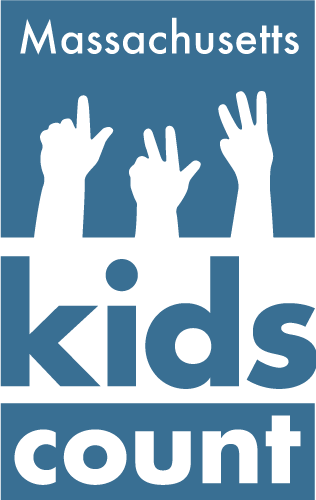The chairs of the House and Senate ways and means committees announced in a joint statement Tuesday that they plan to put $5.503 billion into Chapter 70, the K-12 school funding formula, in their fiscal 2022 budget, which represents an increase of $219.6 million over the current year. That is $21.9 million more than what Baker had proposed.
The difference is significant not only because of the amount, but because of the method lawmakers are using to calculate it. The Student Opportunity Act, a major reform to the education funding formula, was supposed to be phased in over seven years, beginning in 2021. But the governor and Legislature agreed to push that back by a year due to the COVID-19 pandemic, which threatened to strain state resources.
Baker, when he made his budget proposal in January, wanted to fully fund the first year of implementation, essentially starting the seven-year phase-in in 2022. But some advocates for public schools were pushing for the state to fully fund the first two years of implementation, to make up for the lack of funding in 2021.
The agreement reached by House Ways and Means chair Aaron Michlewitz and Senate Ways and Means chair Michael Rodrigues takes a middle ground. It reduces the seven-year phase-in period to six years, and fully funds the first year in 2022. That means the Student Opportunity Act will be fully phased in as originally anticipated in 2027, with slightly more money spent each year to make up for the lack of funding in 2021.
Another concern that some education advocates had raised about Baker’s proposal was that it relied on enrollment numbers from October 1, 2020, to determine how much money each school district will get in Chapter 70 funding. That is the way the formula has always been calculated. But this year, public school districts lost an unusually high 37,000 students, likely due to the pandemic. Many of those students are expected to return to public schools next year, once the public health risk is lower and schools are meeting in person.
The House and Senate agreement would create a new $40 million reserve fund to help school districts that were adversely affected by pandemic-related enrollment changes. In a joint statement, Michlewitz and Rodrigues said the money will be used “to help stabilize school districts experiencing higher levels of enrollment and to support district needs, including transportation, instruction and materials, in a flexible way as kids return to in person classroom learning.” The idea seems to be that if a school district sees a large influx of returning students next year, and those students are not counted in the school funding formula, this additional money would be there to help the district.
“As we move forward with our respective efforts to develop an FY 2022 budget, this agreement reflects our unwavering support for our students, our schools and our communities,” Michlewitz and Rodrigues said.
But some question whether the $40 million will be sufficient. Colin Jones, senior policy analyst at the Massachusetts Budget and Policy Center, said their analysis showed that if lawmakers based the Chapter 70 funding formula on the higher number of either this year’s or last year’s enrollment in each district, that would require $90 million more than what the House and Senate are proposing to spend.
Beth Kontos, president of the American Federation of Teachers Massachusetts, said with a $40 million fund, “I think some districts by themselves could take up half of that amount if you use the correct number.”
It is also unknown how the money from that fund will be distributed.
Another question is how schools will spend the additional money. Under the Student Opportunity Act, districts must submit plans for how they will use the extra money to close student achievement gaps. Those plans were due to the state in January but have not yet been made public. Ed Lambert, executive director of the Massachusetts Business Alliance for Education, a business-backed group that focuses on school accountability, said the organization is “increasingly concerned about how that money gets spent.”
Lambert noted that the plans were intended for a seven-year phase-in rather than a six-year one, and he wants to see them updated to reflect the new funding. “If the increase is above what was contemplated, the planning side needs to keep pace with that,” he said.
In addition to the state money, school districts are also getting around $2.6 billion in federal COVID relief money.
The education funding agreement will be baked into the House budget that will be released from the House Ways and Means Committee and voted on later this month. The Senate will then follow with its own version of the budget. Because these numbers are already agreed to, they will almost certainly make it through the final budget process and end up on Baker’s desk.





